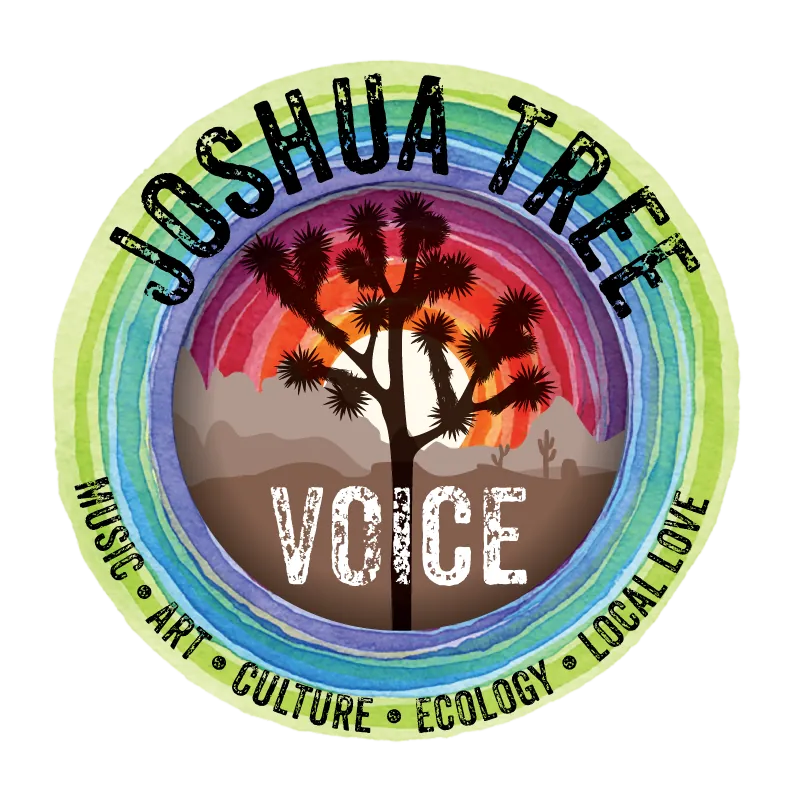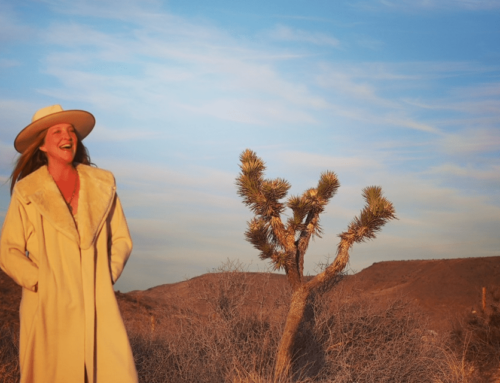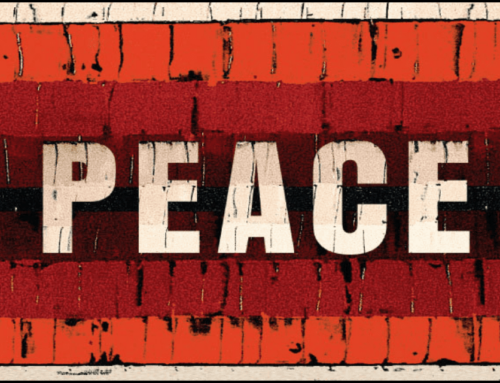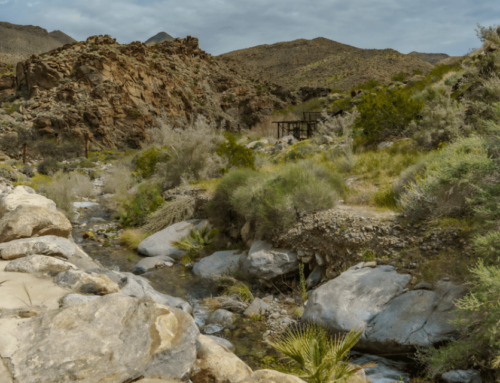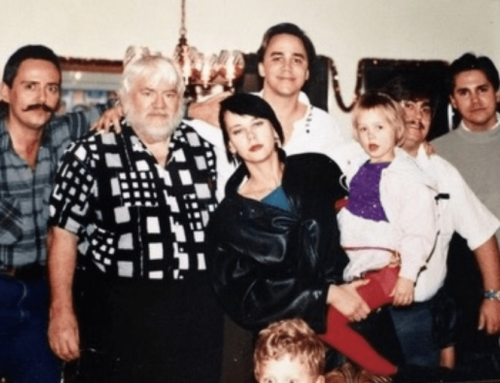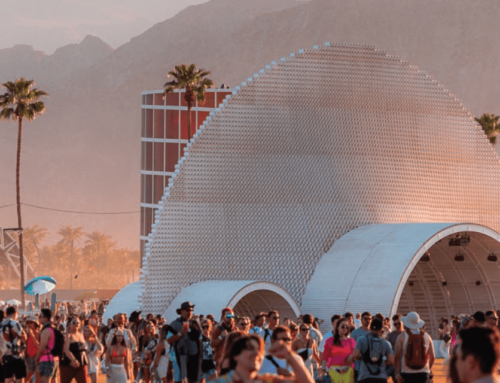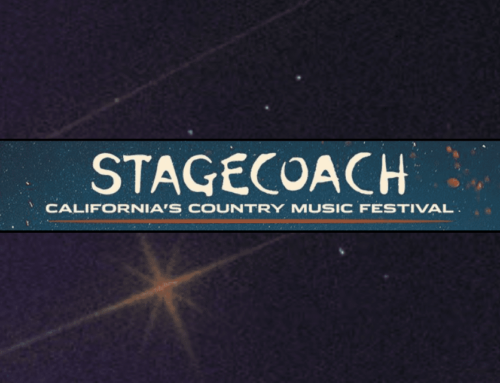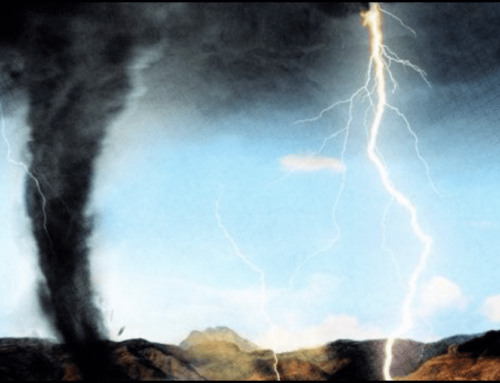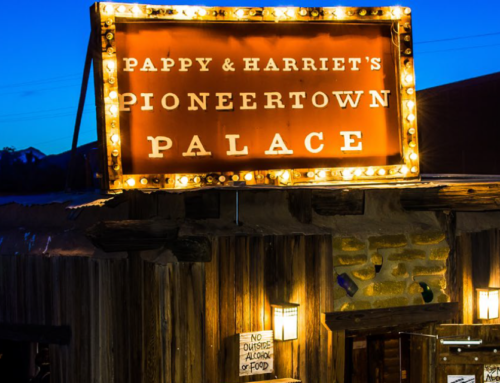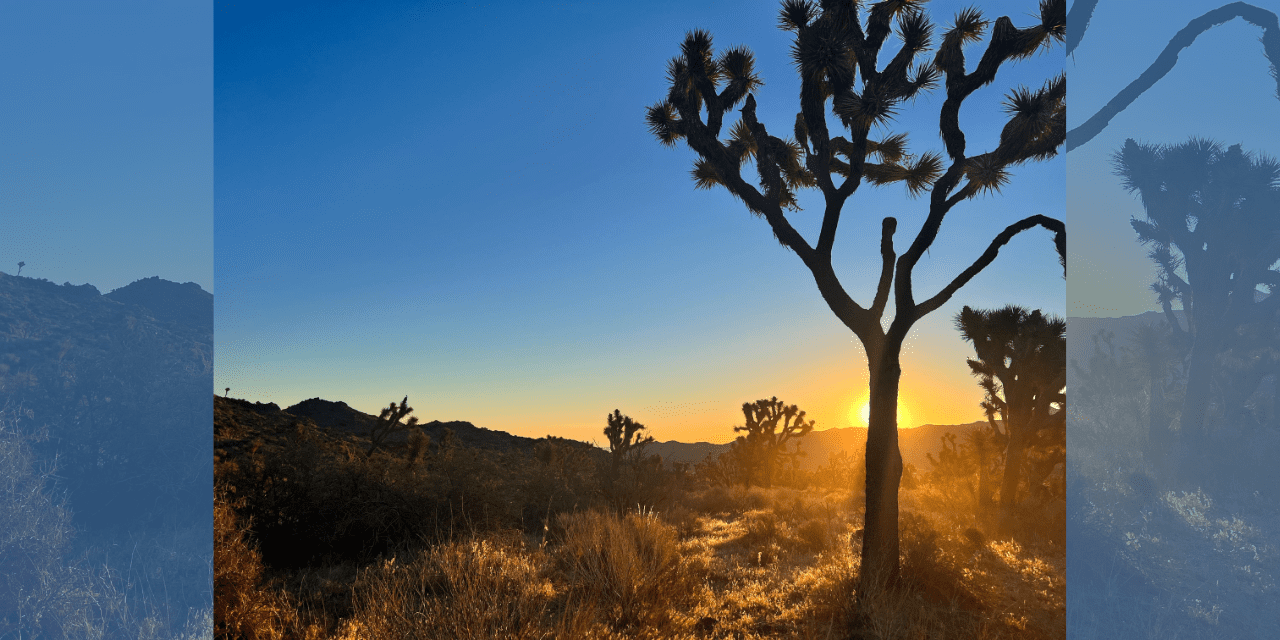
Our Water, Our Voice
By Monique A. LeBleu
The Joshua Basin Water District (JBWD) has been holding a series of workshops over the last several months to inform the public of its intent to raise utility rates. A public hearing is scheduled Wednesday, February 15, 2023, at 5:30 pm, where the proposed rate increase would be effective immediately after the vote.
According to the JBWD the Rate Study Presentation, rates would increase as much as 75% over a five-year period beginning in 2023. The rate increase would be to cover regulation requirements, aging infrastructure improvements, inflation, and any import water costs from the Mojave Water Agency purchased “to mitigate groundwater overdraft projected need at 1,000 Acre-Feet per year.”
However, should “50% plus one” of JBWD’s customers wish to protest the increase, they would need to do so by the end of the meeting, in writing, for the vote to be made moot. The hearing is scheduled for 5:30 p.m. at the Joshua Basin Water District board room, 61750 Chollita Road, Joshua Tree, CA 92252.
Advance letters in protest can be mailed to 61750 Chollita Road, Joshua Tree, CA 92252, or to the District at PO Box 675, Joshua Tree, CA 92252. However, if they are not physically received by the end of the public hearing, no postmarked letter will be accepted thereafter and no other protests will be counted, according to their Resolution 22-1050 in response to California’s Prop 218.
The public hearing will also be streamed on Zoom at https://us02web.zoom.us/j/81397040646, meeting ID 813 9704 0646, passcode 005295, according to a JTWD press release. It is not clear if the hearing will be open for speaking to those attending through Zoom. The proposed rate increase would be in addition to the shifting of credit card fees previously absorbed by the district to customers paying their bills with a credit card. This move was approved at the November 2, 2022, JWBD board meeting and will come into effect May 1, 2023.
The JBWD Rate Study Workshops held last year and in January 2023 currently do not have documents or meeting minutes available with regard to the exact information that was shared with the public. JTV was unable to find any discussion boards or feedback from the community on any digital platforms. Nor could we find information available as to whether households who cool their homes exclusively with swamp coolers might receive any fee breaks or other considerations based on their usage of these much-needed energy saving appliances, where it can mean the difference between life or death in the desert.
According to the U.S. Department of Energy, swamp coolers use “only a quarter of the energy” that central air conditioning can use and many desert households turn to swamp coolers to both lower costs and/or to adjust to the dry desert air. Swamp coolers work by passing outdoor air over water-saturated pads. The water evaporates, reducing the air temperature by 15 – to 40°F, on average. How much water is used depends on the size of the unit, the amount of humidity already in the air. The average water per unit use is anywhere from 1 gallon to 20 gallons per hour, based on liter measurements given.
However, where water costs may rise, this presents a problem for lower income households trying to cut down costs. Based on 2020 census data, Joshua Tree has a 23.6% poverty rate where these household’s water rates may be affected based on evaporative cooler, or swamp cooler, usage. Older units use more water than the new updated models.
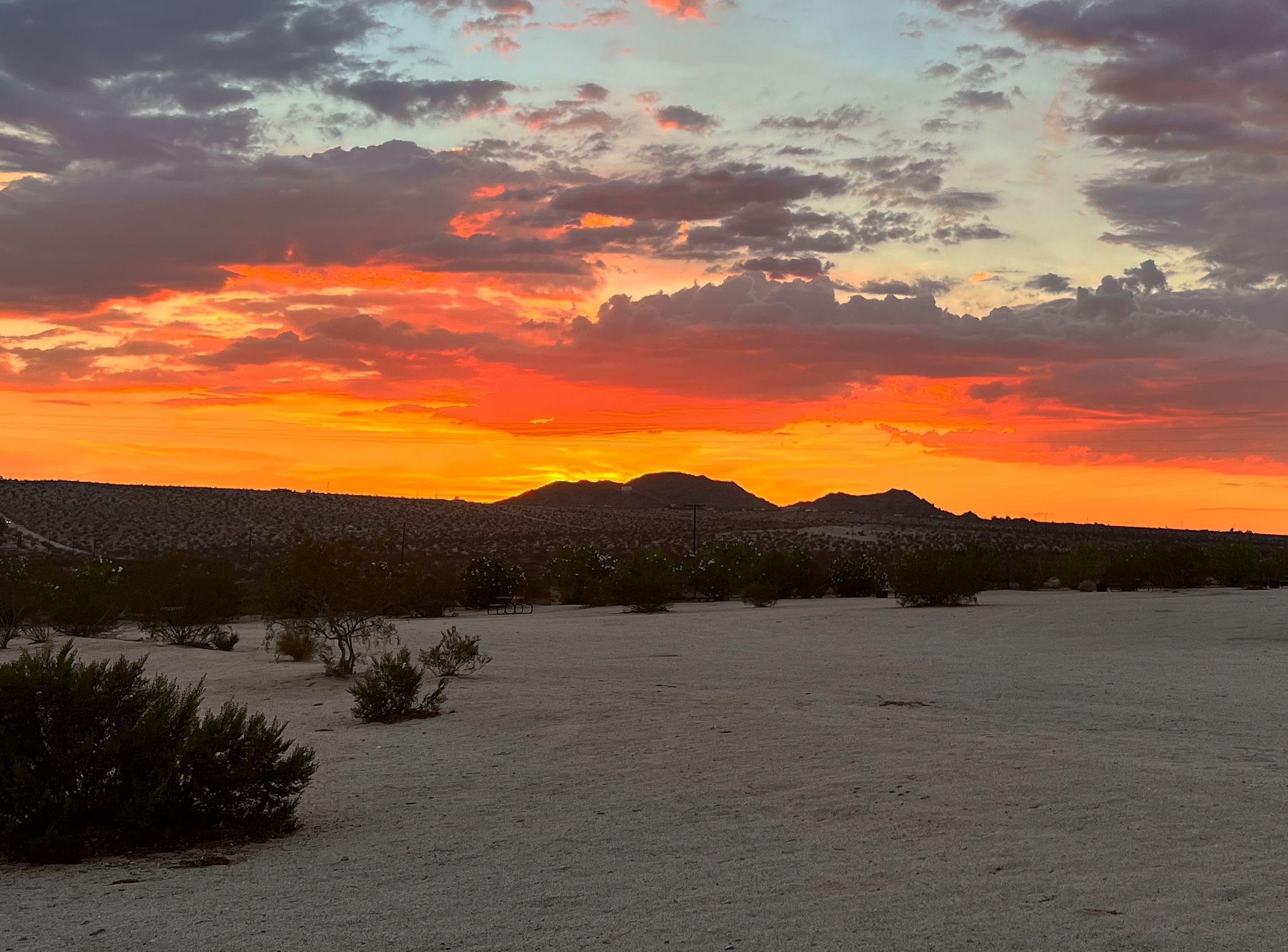
According to a recent JBWD Advisory Board meeting regarding the Workshops on distinguishing between heavy and light water users, “segregating a class or group of customers requires cost of service justification. Customers who use large amounts of water, like short-term rentals (STR’s), agricultural customers, customers with heavy landscape, or customers with pools, already pay higher volumetric charges and those charges include the cost of recharge water. The proposed rate study scenarios include replenishment costs (recharge water) for approximately 85% of water extracted from the aquifer.”
According to the JWBD and United Way of the Desert, low income households who are already facing difficulty with their current water bills may qualify for assistance through the Low-Income Home Energy Assistance Program (LIHEAP). Their Help2Others customer assistance program can help eligible residential customers receive a $50 credit on their water bill once in a 12 month period, and can reapply for subsequent years. This program has been in effect since 2020, but the board recently approved a raise in that credit to $100, which is “expected to be available to customers by March 1, 2023.” JBWD customers can submit an online application by calling the United Way of the Desert at (760) 323-2731, ext. 100 or by downloading an application at water@uwdesert.org.
In November of last year, as part of the Biden-Harris Administration allocation of $4.5 billion to LIHEAP, California has been allocated $116 million in onetime funding to the Low-Income Household Water Assistance Program (LIHWAP). This federally funded program helps low-income households pay down their outstanding residential water or wastewater bills.
LIHEAP, designed to help “keep families safe and healthy through initiatives that assist families with energy costs,” is to assist with any home energy bills associated with both cooling and heating, addressing the energy crises needs including “weatherization, and minor energy-related home repairs.”
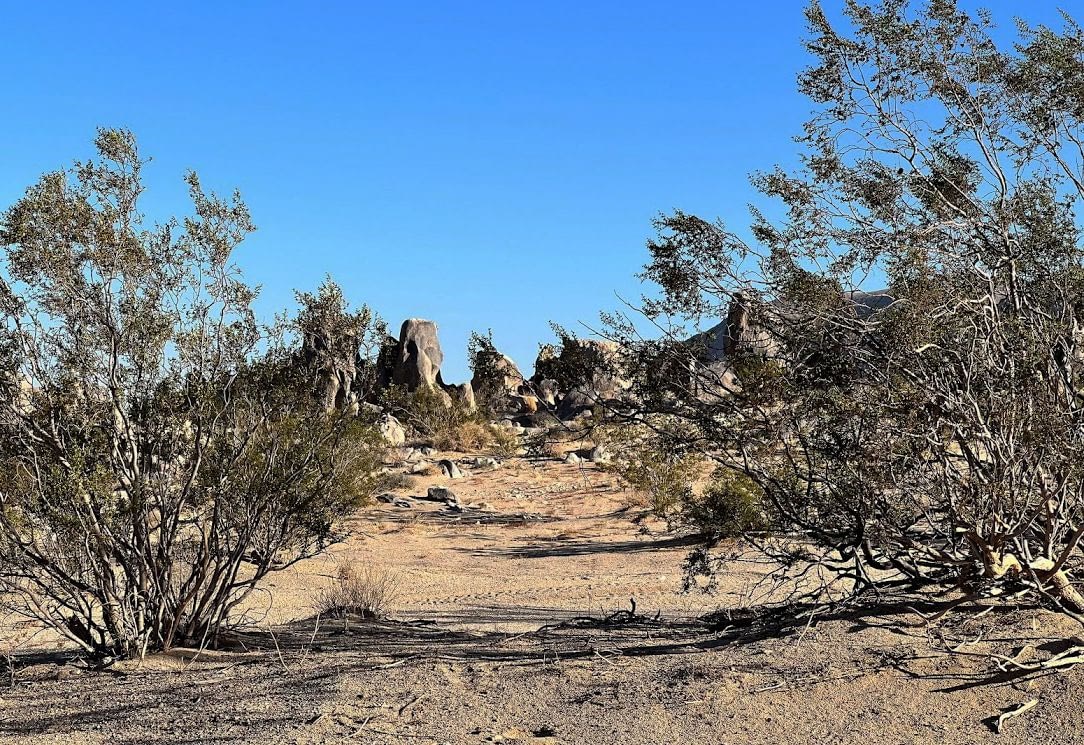
LIHEAP applicants must be income qualified or a current recipient of Calworks, CalFresh, or LIHEAP. A bill must be past due, and the water or wastewater system must be enrolled in the program to receive payment. Qualified applicants are “selected on a first come first served basis, with priority given to those with the highest utility costs in relation to income, and vulnerable populations, including elderly, disabled, and small children.” Residents can also apply directly for LIHEAP at https://www.csd.ca.gov/lihwap or https://www.capsbc.org/lihwap.
Where Our Water Comes From And How It Is Managed
Our high desert water comes from groundwater, basins, and watersheds that are managed by the Mojave Water Agency.
According to the MWA, essentially all the water supply to businesses and homes, and farms throughout the high desert is from groundwater. Production wells exist through the region, owned by a multitude of water users, with some wells pumping millions of gallons every day.
According to a recent US Department of the Interior Geological Survey and the MWA, access to water is primarily from the Morongo groundwater basin, which is about 1,000 square miles. Of that, JBWD services about 5,700 connections within its 97 square miles of managed coverage, according to a MWA 2020 Urban Water Management Plan.
Over the last 25 years, groundwater levels in Joshua Tree have declined from about 2,275 feet to currently 2,250 feet (about 50 feet of loss) from a given approximate land surface. In the Landers area, the ground water elevation level has decreased approximately 10 feet in the last 20 years, from 2,860 feet to its current 2,850 feet.
Groundwater within the Morongo Basin and Johnson Valley Area also supplies the local towns of Yucca Valley and surrounding areas, known as the Warren Valley Basin, and is serviced by the Hi Desert Water District (HDWD) to its area customers. In the same greater basin area, the Ames Valley Basin includes 95 square miles encompassing the communities of Flamingo Heights, Landers, Pioneertown, and Yucca Mesa, and is serviced by the Big Horn Desert View Water Agency (BDVWA).
All these water districts provide the public with information on the services and various studies and reports on water delivery and quality maintenance:
JBWD the Rate Study Presentation
https://www.jbwd.com/index.asp?SEC=0533FC97-0580-42AC-975B-362E355A7121&DE=30D61D8B-9E06-40A6-9402-053A6B566F44
MWA 2020 Urban Water Management Plan
https://www.mojavewater.org/wp-content/uploads/2022/06/MWA2020UWMPFinal061621.pdf
Help2Others Assistance Program
https://www.jbwd.com/assistance
U.S. Department of Energy
https://www.energy.gov/energysaver/evaporativecoolers
Joshua Basin Water District
https://www.jbwd.com/
Hi Desert Water District (HDWD)
https://www.hdwd.com/
Big Horn Desert View Water Agency
https://bdvwa.org/
